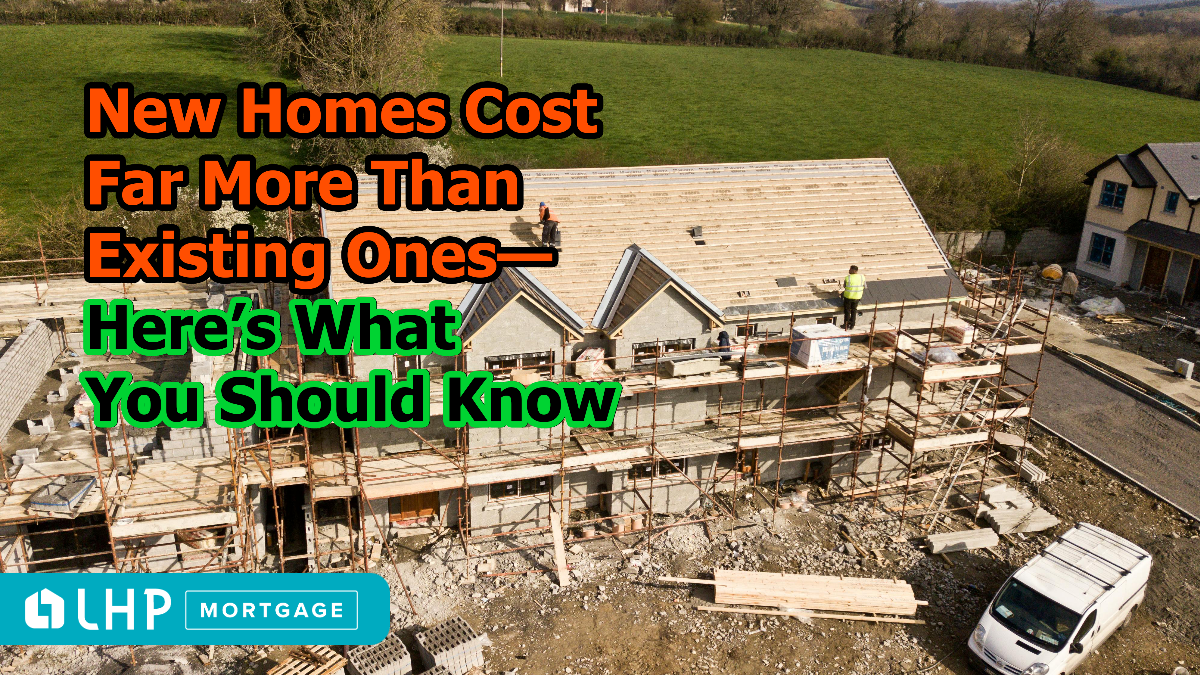New Homes Cost Far More Than Existing Ones—Here’s What You Should Know

🏡 New Homes Cost Far More Than Existing Ones—Here’s What You Should Know
-
Nationwide, new homes now cost about 37% more than existing homes. That means new builds average around $537,800, while existing homes hover near $391,200. That’s a gap of about $146,600.
-
To afford a new home, you'd need an annual income of about $166K—vs. $120K for an existing home.
-
The gap is even bigger in some states:
-
Connecticut: new homes cost 126% more than existing ones.
-
Pennsylvania: new homes average 121% more.
-
-
But in California, existing homes are actually more expensive—by about 25%.
Why Is This Happening?
-
New builds cost more due to higher materials, land, permits, and labor costs.
-
In strong demand areas, buyers are often willing to pay more for brand-new homes.
Why This Matters to You
-
🏠 If price is a concern, resale homes may be a smarter move—especially in places where new-home premiums are steep.
-
👍 If you're seeking warranty coverage, energy efficiency, or modern features, newer builds might offer more value—just expect to pay for it.
-
📍 Location matters. In some states, new homes cost less than existing ones—which flips the usual rulebook.
💡 Takeaway
Buying a home? Don’t assume new always means better value. Get insights into your local market and compare pricing carefully. Want help understanding what’s most cost-effective for you? Reach out—I’m here to help you make the smart move.
Source: Mortgage Professional America